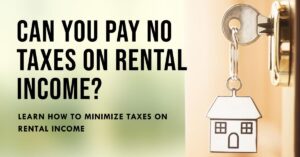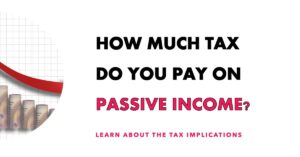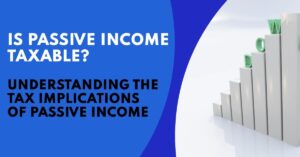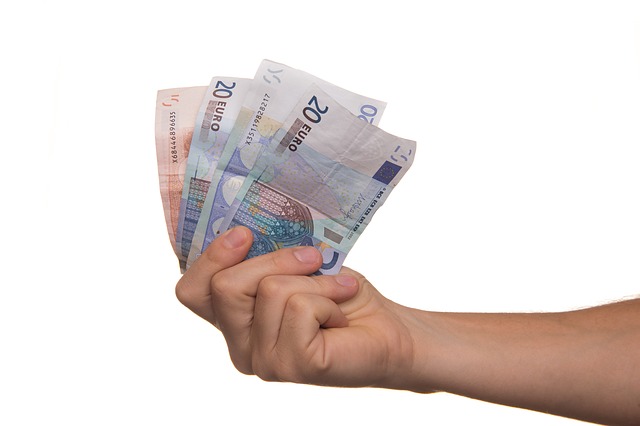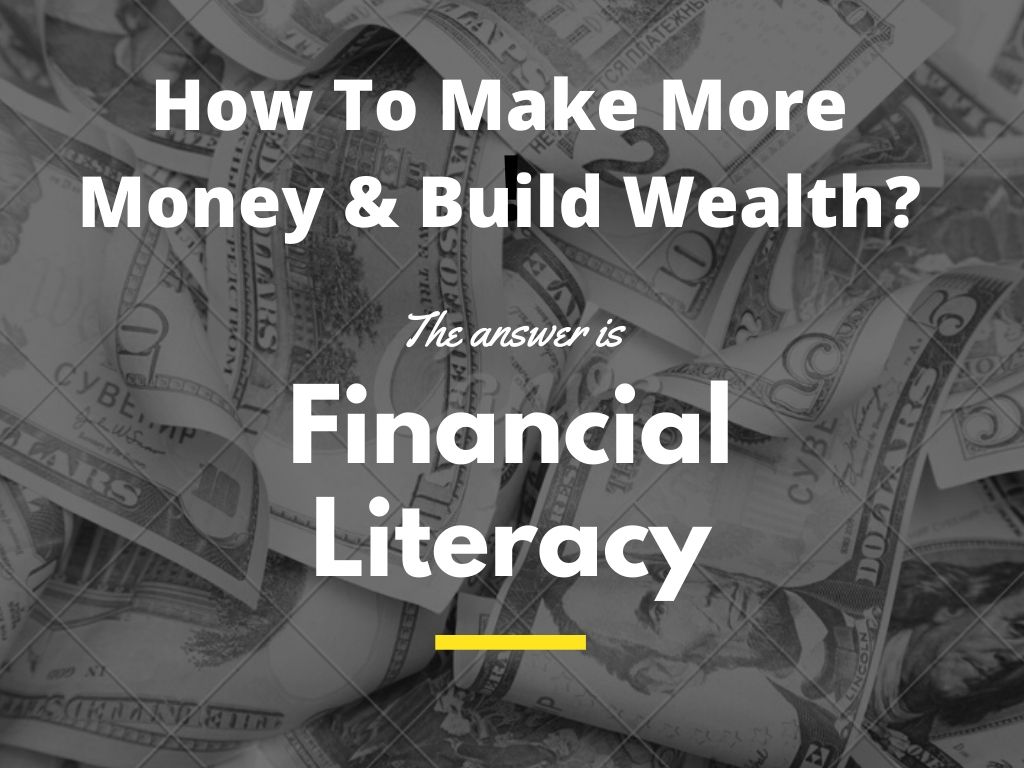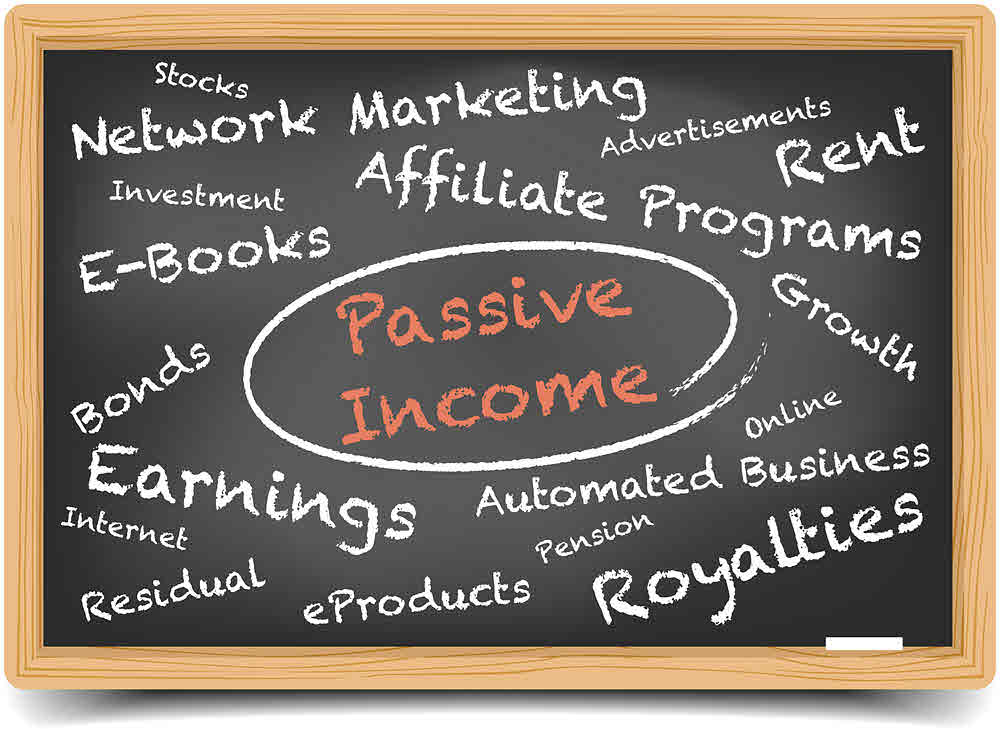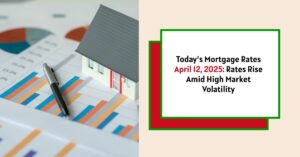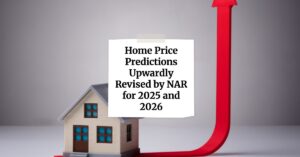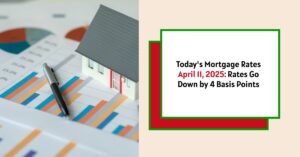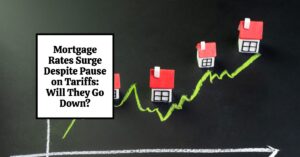If you own a rental property in the U.S., you may wonder if you can avoid paying taxes on the income you earn from it. The answer is: it depends. There are some situations where you may be able to reduce or eliminate your tax liability, but there are also some rules and requirements that you need to follow. In this blog post, we will explain the basics of rental property tax rules by IRS and give you some tips on how to maximize your deductions and minimize your taxes.
Can You Pay No Taxes on Rental Income?
The first thing you need to know is that rental income is generally taxable as ordinary income. This means that you need to report it on your tax return and pay income tax at your marginal tax rate. However, this does not mean that you have to pay tax on the full amount of your rental income. You can deduct certain expenses related to your rental activity, such as:
- Mortgage interest
- Property taxes
- Depreciation
- Repairs and maintenance
- Utilities
- Insurance
- Management fees
- Advertising
- Travel expenses
These expenses reduce your taxable rental income and lower your tax bill. However, you need to keep accurate records of your income and expenses and follow the IRS rules for deducting them. For example, you can only deduct expenses that are ordinary and necessary for your rental activity, and you have to allocate them between personal and rental use if you use the property for both purposes.
So, the answer is no, rental income is generally taxable and must be reported on tax returns and subject to income tax at the applicable tax rate.
Rental Losses May Be Deductible
Another thing you need to know is that rental losses may be deductible in some cases. A rental loss occurs when your rental expenses exceed your rental income for the year. If you have a rental loss, you may be able to use it to offset other income, such as wages, interest, dividends, or capital gains. This can lower your overall taxable income and save you money on taxes.
However, there are some limitations on deducting rental losses. The most important one is the passive activity loss rule. This rule states that you can only deduct passive losses (such as rental losses) to the extent of your passive income (such as rental income). If your passive losses exceed your passive income, you cannot deduct the excess in the current year. Instead, you have to carry it forward to future years and use it when you have enough passive income or when you sell or dispose of the property.
There are some exceptions to the passive activity loss rule, such as:
- If you actively participate in your rental activity, you may be able to deduct up to $25,000 of rental losses against your nonpassive income if your adjusted gross income (AGI) is below $100,000. This deduction phases out by 50% for every $1,000 of AGI above $100,000 and disappears completely when your AGI reaches $150,000.
- If you are a real estate professional, meaning that you spend more than half of your working hours and more than 750 hours per year in real estate activities in which you materially participate, you may be able to deduct all of your rental losses against any type of income without regard to the passive activity loss rule.
These exceptions are subject to specific rules and tests that you need to meet in order to qualify. You also need to file the appropriate forms and elections with your tax return to claim them.
As you can see, rental property tax rules by IRS are not simple. They involve many factors and calculations that can affect your tax situation. Therefore, it is advisable to consult a qualified tax professional who can help you understand and apply these rules correctly and optimize your tax outcome.
How to Minimize Taxes on Rental Income?
Here are legitimate strategies to minimize your tax liability within the bounds of tax laws:
1. Deduct Eligible Expenses:
You can deduct various expenses associated with your rental property. These may include:
- Mortgage Interest: The interest paid on the mortgage for the rental property.
- Property Taxes: Taxes assessed on the value of the property.
- Maintenance and Repairs: Costs incurred to maintain the property's condition.
- Utilities: Expenses related to providing utilities to the tenants.
- Insurance: Premiums paid for insuring the property.
- Management Fees: Fees paid to property management companies.
- Advertising Costs: Expenses associated with finding tenants, like advertising or listing fees.
- Travel Expenses: Costs incurred for traveling to and from the rental property for management purposes.
2. Claim Depreciation:
Depreciation allows you to deduct the property's cost over time due to wear, tear, and obsolescence. The IRS allows you to spread this deduction over the useful life of the property. This depreciation expense can significantly reduce your taxable rental income, thereby lowering your tax liability.
3. Utilize 1031 Exchanges:
A 1031 exchange is a provision in the tax code that allows you to defer paying capital gains taxes when you sell a rental property and reinvest the proceeds in another similar property. This way, you can grow your investment without immediate tax implications, effectively preserving your capital for future investments.
4. Seek Professional Guidance:
Engage a tax professional or accountant well-versed in real estate tax laws. They can help you optimize your deductions, ensure compliance with tax regulations, and provide guidance on structuring your investments to minimize taxes. Their expertise is invaluable in navigating the complexities of tax laws and making informed financial decisions.
By implementing these strategies and staying informed about the latest tax regulations, you can minimize your tax burden and maximize your rental income's potential.
Disclaimer: This blog post is for informational purposes only and does not constitute legal or tax advice. You should not rely on this information as a substitute for professional advice. You should consult your own attorney or tax advisor before making any decisions regarding your rental property.
Work With Norada – Smarter Ways to Reduce Taxes on Rental Income
Looking for strategies on how to pay no taxes on rental income? The right investment approach can unlock legal tax shelters and maximize your net returns.
Norada offers turnkey rental properties that leverage depreciation, deductions, and 1031 exchanges to help investors minimize or eliminate taxes on passive income.
Speak with our expert investment counselors (No Obligation):
(800) 611-3060
Read More:
- How to Invest in Real Estate for Passive Income?
- Is Passive Income Taxable: Does Passive Income Get Taxed?
- How to Make Passive Income with Rental Property: Tips and Strategies
- How Small Investors Are Making Passive Income in Real Estate
- Are Capital Gains Considered Income?
- What is the Tax Rate on Rental Income?
- Passive Income Tax Rate: How Much Tax Do You Need to Pay
- Do I Have to Report Rental Income From a Family Member
- Do You Have to Report Rental Income if No Profit?
